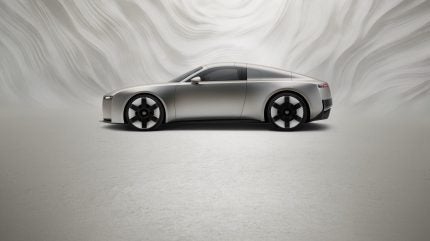
Audi has unveiled the Audi Concept C, an electric two-seater sports car that encapsulates the company’s latest design direction.
The concept car is marked by a reimagined vertical frame on the front, paying homage to Audi’s design history, and introduces a new four-element horizontal lighting motif.

Discover B2B Marketing That Performs
Combine business intelligence and editorial excellence to reach engaged professionals across 36 leading media platforms.
The design of the Audi Concept C offers the advantages of a convertible with a ‘monolithic style’.
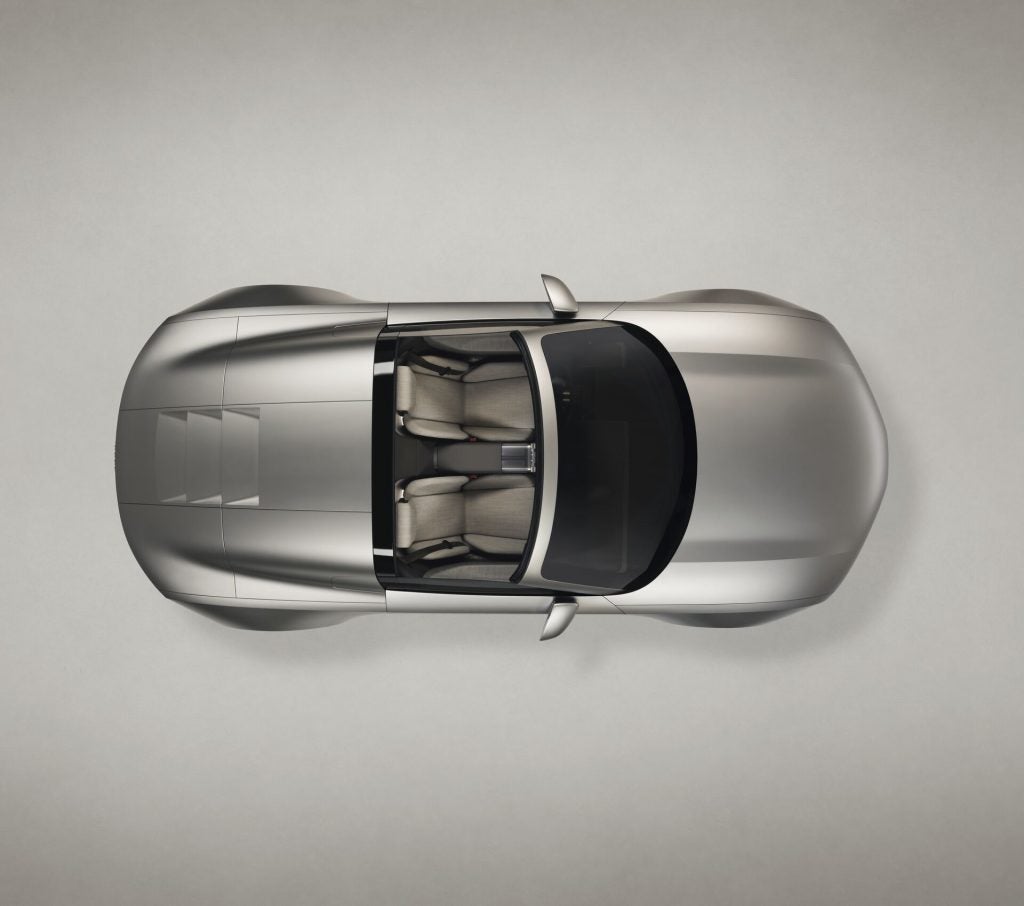
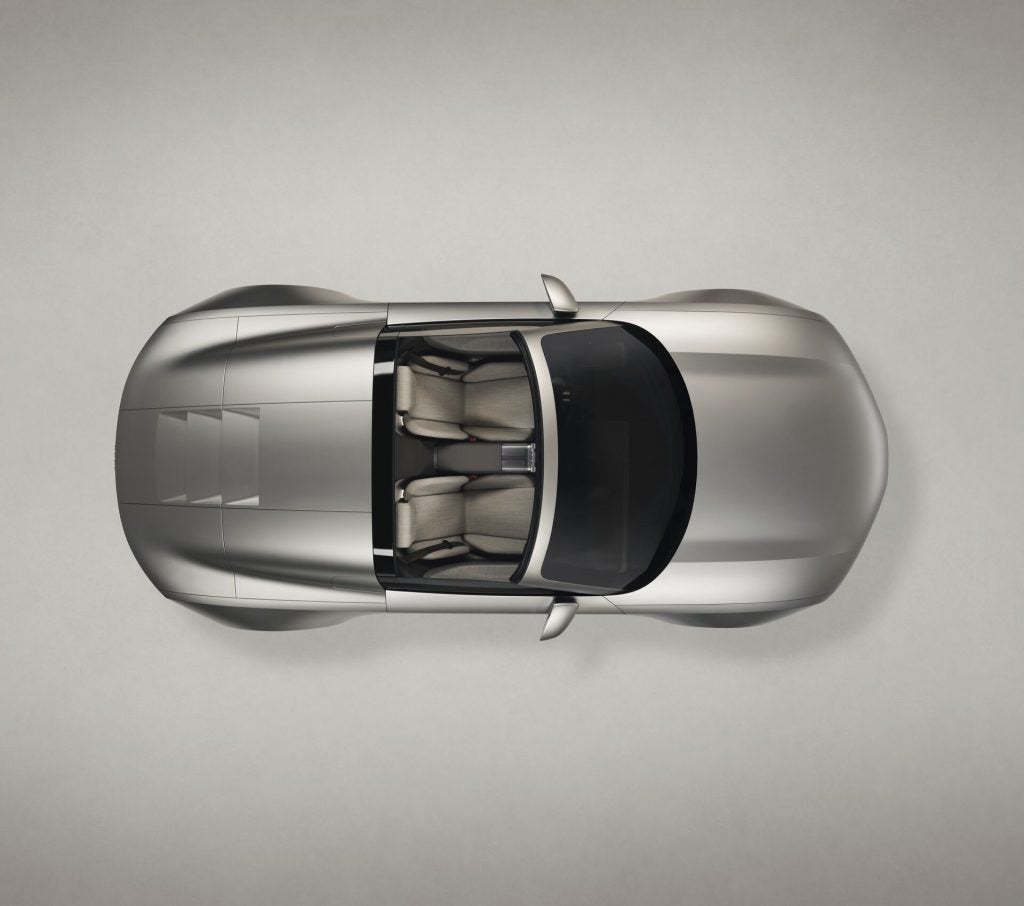
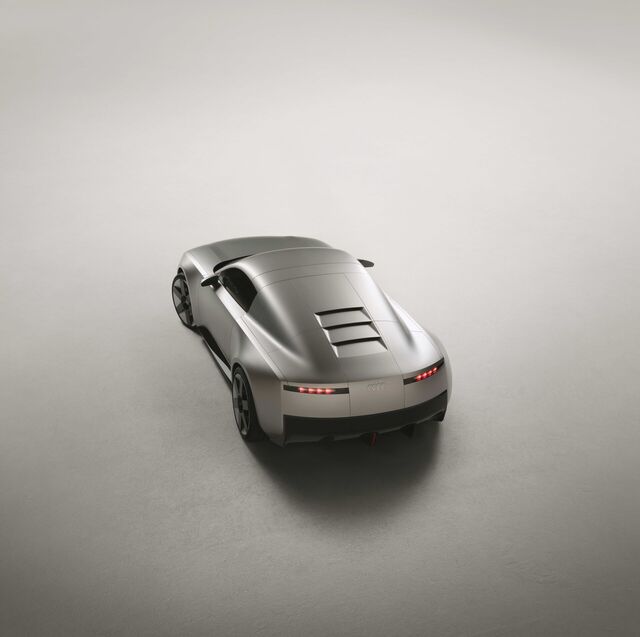
Inside, the car embraces a “minimalist design”, aiming to minimise distractions for the driver.
According to the company, at the heart of the vehicle’s front design is the vertical frame, which serves as the genesis for the car’s structural design.
The concept draws on the legacy of the Auto Union Type C and the third-generation Audi A6.
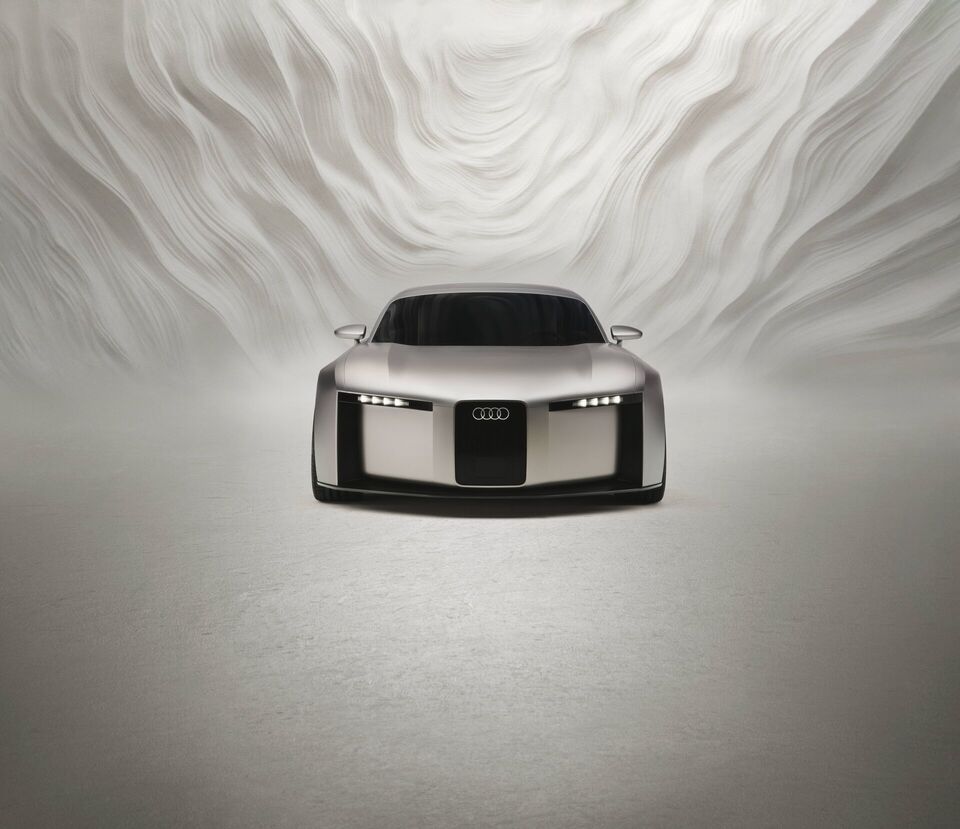
The vehicle’s design is influenced by the placement of the central battery, which allows for a cabin that stretches towards the rear, giving the impression of a solid, anchored body.
The Audi Concept C introduces the brand’s first electrically retractable hardtop on a roadster, consisting of two parts that enable the car to maintain its solid profile.
Crafted from anodised aluminium, the car’s physical controls are designed to provide a sensory experience.
The 10.4-inch foldable centre display is designed to present information intuitively, adapting to different driving situations.
The haptic controls, placed on the steering wheel and centre console, aim to offer clarity and ease of use, positioned where drivers naturally expect them to be.
Last month, Audi introduced a new lineup of vehicles in China, catering to the specific preferences of the local market with a mix of electric and traditional combustion-engine options.
Audi’s operations in the US faced a setback in April when the company paused the distribution of its vehicles at American ports due to the imposition of a 25% tariff by the US government.






